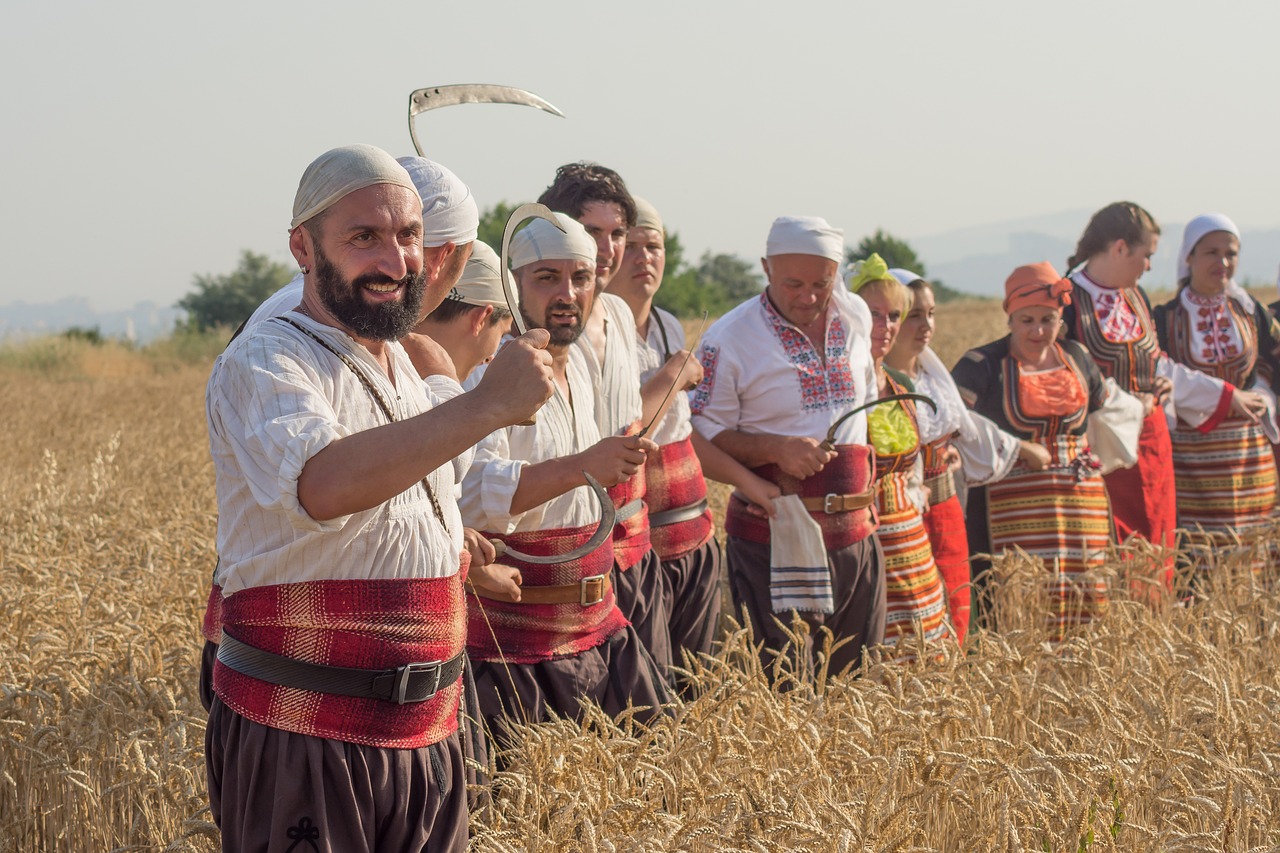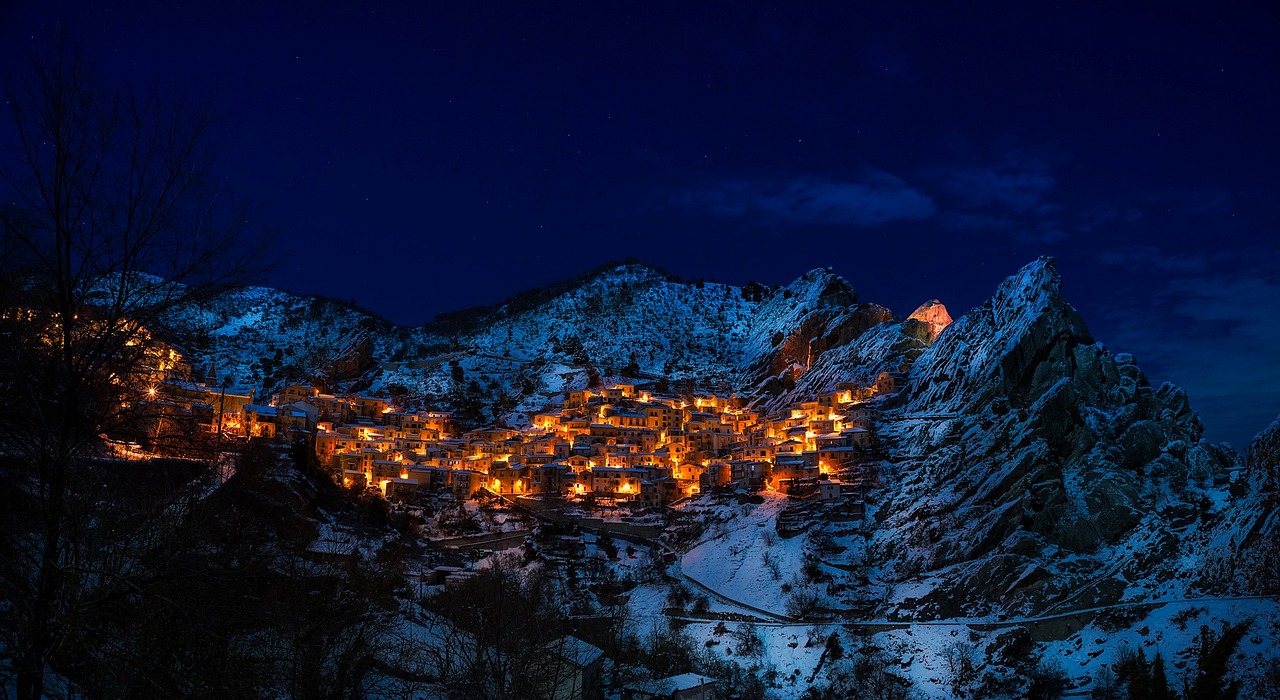Step back in time and immerse yourself in the rich and captivating history of Sofia at the National History Museum.
This cultural institution, located in the heart of the city, offers a comprehensive exploration of Bulgaria’s fascinating past. The museum’s extensive collection, boasting over 700,000 cultural monuments, provides a detailed representation of Bulgaria’s history from ancient times to the present day.
Through five meticulously curated exhibition halls, visitors can delve into the realms of Prehistory, Ancient Thrace, the Middle Ages, Bulgarian lands in the 15th-19th century, and the Third Bulgarian Empire. From bone and flint tools to medieval jewelry and coins, the museum’s artifacts offer a tangible glimpse into the lives of those who shaped the region throughout the ages.
Beyond the exhibition halls, the museum’s courtyard showcases stone columns and monuments from various periods, adding to the allure of this historical treasure trove. Whether you’re a history enthusiast or simply curious about Sofia’s past, a visit to the National History Museum is a must.
Immerse yourself in the ancient stories that have shaped this vibrant city and gain a deeper understanding of Bulgaria’s rich heritage.
Key Takeaways
- The National History Museum in Sofia, Bulgaria is one of the largest and richest history museums on the Balkan Peninsula.
- The museum has over 700,000 cultural monuments representing the history of Bulgaria from 8,000 years ago to the present day.
- The main museum exhibition is presented in five halls, showcasing the Prehistory, Ancient Thrace, Middle Ages, Bulgarian lands in the 15th-19th century, and the Third Bulgarian Empire.
- The museum also preserves famous treasures from Thracian times, including the Panagursko, Rogozensko, and Letnishko treasures.
What’s in the Museum?
The National History Museum in Sofia houses a vast collection of over 700,000 cultural monuments, including bone and flint tools, idol statues, ornaments, pottery, jewelry, coins, icons, and reliquaries. It provides a comprehensive representation of the history of Bulgaria from 8,000 years ago to the present day.
The museum showcases a wide range of historical artifacts and cultural treasures, offering visitors a glimpse into Bulgaria’s rich heritage. The Prehistory collection exhibits bone and flint tools, idol statues, ornaments, and pottery. Famous treasures from Thracian times, such as the Panagursko, Rogozensko, and Letnishko treasures, are also preserved.
The museum dedicates a special hall to the Medieval history of Bulgaria, displaying jewelry, coins, pottery, icons, and reliquaries. Visitors can also explore the history of Bulgaria during the Ottoman Dominion, as well as the period after the Liberation from the Ottoman Dominion until 1946, with a focus on the development of the new Bulgarian State.
Exhibition Halls
Located in Sofia City, the National History Museum’s exhibition halls showcase a diverse range of artifacts and cultural monuments, including bone and flint tools, idol statues, ornaments, pottery, jewelry, coins, icons, and reliquaries, representing various periods of Bulgarian history.
The Prehistory collection offers a glimpse into the tools, statues, ornaments, and pottery used by early inhabitants of Bulgaria.
The museum also houses famous treasures from Thracian times, such as the Panagursko, Rogozensko, and Letnishko treasures.
Visitors can explore the Medieval history of Bulgaria through a hall dedicated to jewelry, coins, pottery, icons, and reliquaries.
Another hall delves into the Bulgarian lands during the Ottoman Dominion, with exhibits from the Late Middle Ages and Bulgarian Revival periods.
Additionally, the museum presents the history of Bulgaria after the Liberation, with a focus on the development of the new Bulgarian State.
The exhibition halls provide interactive displays and historical artifacts, offering visitors a comprehensive understanding of Bulgarian history.
Other Attractions
Visitors can also explore the Rotunda St. George in Sofia, which is a significant cultural and architectural landmark in the city. This circular building dates back to the 4th century and is one of the oldest preserved structures in Sofia. Originally a Roman mausoleum, it later served as a church during the Byzantine and Ottoman periods. The Rotunda St. George features beautiful frescoes from different historical periods, including medieval and Ottoman art. It is a popular tourist attraction and a place of worship for Orthodox Christians.
In addition to the Rotunda, Sofia offers other attractions such as the Music Weeks festival, which takes place in the Sofia City region. This international music festival showcases a wide range of musical genres and attracts both local and international artists.
Another notable attraction is the Memorial Temple of St. Alexander Nevski, a stunning Bulgarian Orthodox cathedral known for its impressive gold-plated dome. This architectural masterpiece is dedicated to the Russian soldiers who died during the Russo-Turkish War of 1877-1878 and is a symbol of Bulgarian national identity.
Frequently Asked Questions
How much does it cost to visit the National History Museum in Sofia?
The admission fees for the National History Museum in Sofia are 10 Bulgarian Lev for adults, 5 Bulgarian Lev for students and seniors, and free for children under 7 years old.
Are there any discounts available for students or seniors?
Student and senior discounts are available at the National History Museum in Sofia. The museum offers reduced admission prices for students and seniors, allowing them to explore the rich history of Bulgaria at a more affordable cost.
Can I take photographs inside the museum?
Photography policy at the National History Museum follows museum rules. Visitors are allowed to take photographs inside the museum, except in certain areas where photography is prohibited. It is advised to check with museum staff for specific guidelines.
Is there a cafeteria or restaurant inside the museum?
The National History Museum in Sofia does not have a cafeteria or restaurant inside the museum. However, visitors can find nearby cafes and restaurants in the city to dine before or after their visit to the museum.
Are there guided tours available at the National History Museum?
Guided tours are available at the National History Museum, offering visitors the opportunity to explore the museum’s vast collection in a structured and informative manner. The museum also provides accessibility options to ensure an inclusive experience for all visitors.











